Think of a smart home protocol as the language your smart devices use to talk to each other. It's the set of rules that lets a smart light switch from one brand communicate perfectly with a smart bulb from another. Without this shared language, you just have a bunch of cool gadgets that can't work together.
What Is a Smart Home Protocol?

Imagine you're trying to build a house, but your architect only speaks Spanish, your electrician speaks German, and the plumber speaks Mandarin. You’d get nowhere fast. That’s pretty much what a smart home looks like without a common protocol—a lot of potential, but mostly just chaos.
A smart home protocol is the invisible translator that prevents that chaos. It's the underlying tech that lets your smart thermostat, video doorbell, and voice assistant all get on the same page. When you say, "Alexa, good night," a protocol is what's working behind the scenes to turn that single command into a sequence of actions: dimming the lights, locking the door, and adjusting the temperature.
The Invisible Backbone of Your Home
This shared language is really the backbone of any reliable smart home. It dictates how commands are sent, received, and confirmed, making sure that when you tap a button in an app, the right light actually turns off without delay. You can think of it as your home's central nervous system, zipping signals exactly where they need to go, instantly.
Protocols are also what make the cool, hands-off automations possible. For instance, a protocol allows a simple door sensor (which might use a protocol like Z-Wave) to trigger your HVAC system (which might be on Wi-Fi) to shut down the moment you open a window.
A smart home protocol isn't just about connecting devices; it's about creating a unified ecosystem where different products work in concert to make your life easier, safer, and more efficient.
To put it simply, these protocols handle a few key jobs behind the scenes.
The Core Jobs of a Smart Home Protocol
Here’s a quick summary of what a smart home protocol does behind the scenes to keep your devices in sync.
| Function | Simple Explanation | Why It Matters for You |
|---|---|---|
| Discovery | Devices announce themselves on the network so others know they exist. | This is how your hub or app finds new gadgets you buy, making setup a breeze. |
| Pairing | Securely connecting a new device to your network. | This keeps your neighbor from accidentally controlling your lights. |
| Routing | Figuring out the best path to send a command from one device to another. | Ensures your commands are fast and reliable, even if a device is far away. |
| Messaging | Sending and receiving the actual commands (e.g., "turn on," "set to 72°"). | The core function that makes everything work, from dimming bulbs to locking doors. |
| Security | Encrypting communications to keep them private and secure. | Prevents hackers from accessing and controlling your smart home devices. |
These functions are the magic that transforms a collection of individual gadgets into a truly cohesive smart home.
Why Choosing the Right Protocol Matters
Getting a handle on smart home protocols is the first step to building a system that actually works for you, instead of against you. The market for these devices is exploding. Valued at roughly USD 216.3 billion in 2025, the global smart home market is expected to more than double to USD 489.2 billion by 2035. You can dig into the numbers in this detailed smart home market report.
This explosive growth means more devices and more choices, which makes your protocol decision more critical than ever. The protocol you build your system around will directly impact:
- Device Compatibility: Which brands and types of products will play nicely with your setup.
- Reliability: How consistently your devices respond without annoying lag or flat-out failures.
- Scalability: How easily you can add more devices later without the whole system crashing down.
- Power Consumption: How the protocol affects the battery life of wireless gadgets like sensors and smart locks.
Comparing the Key Wireless Protocols
Now that we've covered what a smart home protocol actually does, let's get to know the major players you'll run into. Each one has its own personality, with unique strengths and weaknesses. Think of them like different shipping companies for your smart home's data. Some are like freight trains, built for heavy cargo, while others are like nimble couriers, designed for efficiency and reliability over long distances.
The best choice really boils down to the job at hand. A protocol that's perfect for a high-definition security camera would be total overkill—and a real battery-drainer—for a simple door sensor. This breakdown will give you a practical feel for the differences between Zigbee, Z-Wave, Wi-Fi, and the rest.
Zigbee: The Low-Power Mesh Specialist
Zigbee is one of the old guards in the smart home world, and for good reason. It’s a low-power system that creates a mesh network, running on the same 2.4 GHz frequency as most Wi-Fi.
What’s a mesh network? It’s a clever system where every device that's plugged into the wall (like a smart plug or light bulb) also acts as a signal booster for the network. This creates a resilient web of coverage, making Zigbee fantastic for blanketing your entire home with dozens of small, low-data devices.
Its biggest strengths are:
- Incredible Battery Life: Zigbee is incredibly thrifty with power. This allows tiny devices like motion sensors to run for years on a single coin battery.
- Robust Mesh Coverage: The network is self-healing. If one device, or "node," drops offline, your commands simply find a new path through another nearby device. Your commands almost always get through.
- High Device Capacity: A single Zigbee network can handle thousands of devices, so it can scale with even the most ambitious smart home setups.
But Zigbee isn't perfect. Since it shares the crowded 2.4 GHz highway with Wi-Fi and Bluetooth, there's always a chance of signal interference, especially in an apartment building. Also, in the past, different brands had their own spin on the Zigbee standard, which sometimes caused compatibility headaches, though this has gotten much better.
Z-Wave: The Reliability Champion
Z-Wave is the other big name in mesh networking, but it has a secret weapon: it operates on a much lower frequency band (around 908.42 MHz in the US). This is a game-changer.
Imagine the 2.4 GHz band is a noisy, traffic-jammed city street. Z-Wave gets its own private, clear lane. This move practically eliminates interference from your Wi-Fi network, making it incredibly reliable. That’s precisely why it's a favorite for security-critical devices like smart locks and alarm sensors.
Z-Wave's dedicated frequency and strict certification process make it a top choice for mission-critical smart home applications where a missed command is not an option.
Key features of Z-Wave include:
- Minimal Interference: By avoiding the 2.4 GHz chaos, it delivers a super stable connection.
- Guaranteed Interoperability: The Z-Wave Alliance has a strict certification process. If a device has the Z-Wave logo, it's guaranteed to work with any Z-Wave hub, no matter the brand.
- Strong Security: Z-Wave was built with security in mind, incorporating standards like AES 128-bit encryption from the start.
The trade-off? Z-Wave has lower bandwidth than Wi-Fi, so you won't be streaming video with it. You might also find that Z-Wave devices are a bit less common and slightly more expensive than their Zigbee or Wi-Fi counterparts, largely because the technology is licensed.
Wi-Fi: The High-Bandwidth Powerhouse
Everyone knows Wi-Fi. It’s the superhighway of our digital lives, designed to move massive amounts of data at blistering speeds. This makes it the go-to choice for data-hungry devices like smart security cameras streaming HD video or smart speakers pulling down your favorite playlist.
The huge advantage of Wi-Fi is that you already have the network up and running—your Wi-Fi router. For many devices, you don't need a separate hub. You just connect it to your network, and you're done. Simple.

As this chart shows, Wi-Fi's strength in speed and range comes at a cost. Its biggest weakness for the smart home is its power consumption.
Wi-Fi is a notorious battery hog, which is why you almost never see small, battery-powered Wi-Fi sensors. Each device also makes a direct connection to your router. Start adding dozens of smart plugs, bulbs, and switches, and you could easily clog your network, slowing things down for your laptop or Netflix stream.
Bluetooth: The Personal Area Specialist
Bluetooth, especially Bluetooth Low Energy (BLE), has found its sweet spot in the smart home for short-range, direct connections. It's often the protocol that your phone uses to set up a new smart device for the first time.
It's also perfect for gadgets that you control when you're physically nearby, like a smart lock that senses your phone in your pocket and unlocks the door as you approach. While Bluetooth Mesh exists, its most common use is still for these one-to-one links. It sips power, but its limited range means it's not the right tool for running your entire home.
At-a-Glance Protocol Comparison
To wrap your head around these differences, here is a side-by-side comparison to quickly see how the main wireless protocols stack up against each other.
| Protocol | Network Type | Typical Range | Power Usage | Best For |
|---|---|---|---|---|
| Zigbee | Mesh | 10-20 meters (indoors) | Very Low | Battery-powered sensors, smart lighting, and whole-home device networks. |
| Z-Wave | Mesh | 30+ meters (indoors) | Very Low | Security systems, smart locks, thermostats, and critical automation. |
| Wi-Fi | Star | 50+ meters | High | Video doorbells, security cameras, smart speakers, and hub-less setups. |
| Bluetooth | P2P / Mesh | ~10 meters | Very Low | Device setup, smart locks, personal trackers, and direct phone control. |
It's clear that wireless smart home tech is here to stay. And when it comes to reliability for security, the protocol is a major factor. For a deeper dive into this, our guide on wireless vs. wired security systems explores how these communication methods perform under pressure. Picking a protocol that fits your needs today and is ready for tomorrow is more important than ever.
Understanding Matter: The Universal Translator for Your Smart Home
For a long time, building a smart home felt like a gamble. You might have a great Amazon Alexa speaker and a Google Nest thermostat, but getting them to cooperate with your smart bulbs was often a headache. This is exactly the kind of fragmentation the Matter smart home protocol was designed to eliminate.
Think of Matter not as another competing language, but as a universal translator. It's an open-source standard, backed by heavy hitters like Apple, Google, and Amazon, that ensures devices can communicate fluently, no matter who made them. Its entire purpose is to tear down the "walled gardens" that have made smart homes so complicated.
How Matter Unifies Your Home
It's really important to get this one point straight: Matter doesn't replace the wireless technologies we already use. It's not some new radio signal trying to elbow Wi-Fi or Thread out of the way. Instead, Matter is an application layer—a common set of rules that runs on top of those existing networks.
A good analogy is to think of Wi-Fi and Thread as the roads that data travels on. Matter is the set of traffic laws and universal road signs that every single vehicle (your smart device) has to follow. This common language ensures that a smart lock from Schlage can send a "door locked" signal that is perfectly understood by a lighting system from Philips Hue, with zero confusion.
Matter is the promise of true interoperability. It means you can buy a device with the Matter logo and be confident it will just work with your existing setup, whether you're all-in on Apple HomeKit, Google Home, or Amazon Alexa.
This simple change takes all the guesswork and compatibility chart cross-referencing out of the equation, finally creating a smart home that's easy for everyone.
Key Benefits of the Matter Protocol
Matter is about more than just making devices talk to each other; it’s about making the whole experience better. The protocol brings a few huge upgrades that tackle some of the biggest smart home frustrations.
- Simplified Setup: Getting a new Matter device online is incredibly easy. Most of the time, you just scan a QR code with your phone, and your smart home app does the rest, securely adding it to your network in seconds.
- Local Control and Speed: One of its best features is its focus on local communication. Many Matter automations run directly on your home network without needing a round trip to the cloud. This means commands happen almost instantly, and your essential automations (like lights turning on when a door opens) still work even if your internet goes down.
- Enhanced Security: Security isn't an afterthought; it's baked into the core of the Matter standard. It uses strong, end-to-end encryption and a rigorous device certification process to keep your device communications private and protected.
- Multi-Admin Control: This is a game-changer for households with different preferences. It allows a single Matter device to be controlled by multiple platforms at the same time. So, one person can use Google Home to adjust the thermostat while another uses Apple Home on their iPhone—no conflicts, no problems.
What Matter Means for Your Future Smart Home
Matter is a massive step toward a more open, reliable, and user-friendly smart home. By getting all the major companies to agree on a common language, it clears the path for a future where you're no longer locked into one brand's ecosystem. You'll have the freedom to pick the best devices for the job, knowing they’ll all play nicely together in the smart home you've built. It's not just a new standard; it's a whole new era of connectivity.
The Role of Smart Hubs and Bridges

While the smart home protocol is the invisible language devices speak, the hardware that acts as the central translator is often a smart hub or bridge. This is the piece of the puzzle that turns a random collection of gadgets into a genuinely coordinated smart home.
Think of a smart hub as the mission control for your entire setup. It's a physical device packed with multiple radios, allowing it to "speak" several different languages—like Zigbee, Z-Wave, and Wi-Fi—all from one central point. This multi-protocol ability is what makes it so powerful.
Uniting Different Protocols Under One Roof
Let's say you have a Z-Wave sensor on your front door and a set of Wi-Fi smart bulbs in your hallway. Natively, they can't communicate. The door sensor has no idea how to tell the lights to turn on. This is where a good smart hub works its magic.
When the Z-Wave sensor detects the door has opened, it sends a quick signal to the hub. The hub instantly understands this message and then relays a new command over Wi-Fi, telling your smart bulbs to light up the hallway.
A smart hub is the ultimate communication bridge. It enables automations that would otherwise be impossible, creating a responsive ecosystem where every device works in concert.
This translation happens so fast you don't even notice it, resulting in the kind of seamless automation that makes a home feel truly intelligent. And the need for this kind of central control is only growing; the U.S. smart home hub market is projected to skyrocket in value by 2034 as more people look to integrate devices from different brands.
Hubs Versus Bridges: What’s the Difference?
It’s easy to get hubs and bridges mixed up, but they have distinct jobs. A hub is a versatile, multi-protocol command center built to manage your entire smart home. A bridge, on the other hand, usually serves one specific purpose: getting a particular family of devices onto your network.
The Philips Hue Bridge is a perfect example. Its only job is to translate signals for Hue's Zigbee-based light bulbs so you can control them from your Wi-Fi router and smartphone app. It doesn't talk to your Z-Wave thermostat or your Wi-Fi security camera—it’s a one-trick pony, but it does that trick perfectly.
- Smart Hub: The central brain of your system, speaking multiple protocols (Zigbee, Z-Wave, etc.) to unite devices from many different manufacturers.
- Smart Bridge: A gateway device that connects a specific product line (like Philips Hue lights or Lutron Caseta dimmers) to your home network.
You might end up needing a bridge for a specific product you love, but a true smart hub is what gives you the freedom to build a powerful, brand-agnostic smart home. If you're weighing your options, our detailed smart home hub comparison breaks down the top contenders to help you decide.
How to Choose the Right Protocol for You
Alright, we've covered the tech specs, but how do you actually pick the right smart home protocol? It’s easy to get lost in the weeds, but the secret is to start with your life, not the technology. The best "language" for your smart home depends entirely on what you want it to do and where you live.
Instead of getting overwhelmed, just ask yourself a few simple questions. This will quickly cut through the noise and point you toward a system that actually fits your needs, saving you a ton of frustration down the road. Let's walk through it.
First, Assess Your Living Situation
Are you renting an apartment or do you own your house? This one question changes everything. It dictates how permanent your setup can be and how much you can modify your home.
-
For Renters and Apartment Dwellers: Your mantra should be simplicity and portability. Look for protocols that don't require drilling holes or messing with wiring. Wi-Fi and Bluetooth are your best friends here. Most of these devices are plug-and-play, you can set them up with just your phone, and best of all, you can pack them up and take them with you when you move.
-
For Homeowners: You’ve got the green light to build something more permanent and robust. This is where dedicated networks like Z-Wave and Zigbee really shine. They provide fantastic whole-home coverage and are incredibly reliable for critical devices. Think of it as a long-term investment in a rock-solid foundation for your home's automations.
Choosing a protocol is like picking a vehicle. A nimble scooter (Wi-Fi) is perfect for quick city trips, but for a long-haul family road trip, you need the reliability and space of an SUV (Z-Wave or Zigbee). Match the tool to the journey.
Getting this part right narrows your focus and sets you on the right path from the start.
Next, Define Your Smart Home Goals
What are you actually trying to accomplish? Are you just after a bit of convenience, beefing up security, or do you dream of complex, whole-home scenes? Your end goal will naturally lead you to the right technology.
-
Convenience and Simplicity: If all you want is to tell your lights to turn on or put a lamp on a simple schedule, a hub-less Wi-Fi setup is perfect. It’s cheap, it’s easy, and it works with the router you already have. No extra hardware needed.
-
Security and Reliability: When it comes to things like smart locks, garage doors, and security sensors, you can't afford for them to fail. Z-Wave is widely considered the gold standard for this. It operates on its own frequency, so it won’t get bogged down by Wi-Fi interference, and its strict certification process ensures devices just work when you need them most.
-
Advanced Automation and Scalability: Do you want to build that "good morning" routine that opens the blinds, starts the coffee maker, and turns on the news all at once? For that, you’ll need a powerful mesh network that can handle dozens of devices talking at once. Both Zigbee and Z-Wave are fantastic at this, managing complex commands without ever touching your main Wi-Fi network.
Finally, Consider Your Technical Comfort Level
Be honest with yourself: are you a set-it-and-forget-it person, or do you love to tinker? Some protocols are designed for pure simplicity, while others open up a world of customization for the tech-savvy.
| Comfort Level | Recommended Protocol(s) | Why It's a Good Fit |
|---|---|---|
| Beginner | Wi-Fi, Matter-enabled devices | The setup is dead simple—usually just an app and your existing router. Matter makes compatibility a breeze. |
| Intermediate | Zigbee with a user-friendly hub | You get more powerful automation with a guided experience through hubs like an Amazon Echo or SmartThings. |
| Advanced | Z-Wave or a multi-protocol hub | This route gives you maximum control to build complex, reliable automations that can even run locally without the internet. |
By thinking through these three things—your home, your goals, and your comfort level—you can move forward with confidence. It’s a straightforward way to make sure you build a smart home that not only works perfectly today but is ready to grow with you tomorrow.
Getting Started With Your First Smart Device

Jumping into home automation can feel like a huge project, but the secret is to start small and get an easy win under your belt. Don't worry about wiring up your entire house right away. Instead, pick one simple device that solves one specific problem.
This approach gives you a taste of smart home convenience without the headache of a big investment or technical roadblocks. Once you get that first device working, you’ll have the confidence and a much clearer idea of what you want to do next.
Your First Smart Device Options
To get started, think about one of these incredibly simple, plug-and-play gadgets:
- Wi-Fi Smart Plug: This is the classic starter device for a reason. You just plug it into a regular outlet, then plug in something "dumb" like a lamp or a coffee maker. Instantly, you can turn it on and off with your phone or voice. It’s a cheap and easy way to make almost any appliance feel smart.
- Smart Speaker: A voice assistant like an Amazon Echo or Google Nest is more than just a speaker; it's a simple command center. You can start using it right away to play music, set kitchen timers, or check the weather, all while getting comfortable with voice commands.
- Smart Light Bulb: It's as easy as screwing in a light bulb. Once it's in the socket, you pair it with an app and immediately gain control over brightness, color, and schedules.
The goal of your first device is not to automate your entire life. It is to achieve a single, satisfying result that demonstrates the power and simplicity of modern smart home technology.
When you start this way, building a smart home becomes a fun project, not a frustrating chore. As your setup grows, you can begin to explore how different protocols can handle more complex tasks, like those found in complete smart home security systems.
Frequently Asked Questions
Getting into smart home tech can feel a bit like learning a new language. You've got questions, and that's completely normal. Let's tackle some of the most common ones that come up as people start building their connected home.
Can Devices Using Different Protocols Work Together?
Yes, they absolutely can, but not on their own. Think of it like trying to get an English speaker and a Spanish speaker to have a conversation—they need a translator. In the smart home world, that translator is a multi-protocol smart hub.
A Zigbee sensor and a Wi-Fi light bulb are speaking different languages, so they can't chat directly. A good hub, however, has radios for both, allowing it to listen to the Zigbee sensor's "motion detected!" message and then tell the Wi-Fi bulb, "Okay, time to turn on!" This is also the exact problem that the new Matter standard aims to solve, acting as a universal language for all your devices.
Do I Really Need a Hub for Wi-Fi Devices?
If all you want is to turn your Wi-Fi smart plug on and off with its app, then no, you don't need a hub. Each Wi-Fi device connects right to your router, and you can control it from your phone. Simple as that.
But the moment you want to do something more interesting, a hub becomes the brains of the operation. Want a non-Wi-Fi door sensor to trigger your Wi-Fi security camera? Or maybe you want your automations to keep running even if your internet goes out? That's where a hub steps in to connect the dots.
A smart hub is what elevates a pile of cool gadgets into a truly smart, cohesive home. It unlocks the powerful automations that work seamlessly in the background, with or without an internet connection.
Will Matter Make Zigbee and Z-Wave Obsolete?
Not a chance. This is a big point of confusion, so let's clear it up. Matter isn't a replacement for protocols like Zigbee and Z-Wave; it's more like a software that runs on top of them (or, more accurately, on top of Wi-Fi and Thread).
Think of Matter as a common language, while Wi-Fi, Thread, Zigbee, and Z-Wave are the different ways that message gets delivered. In fact, many existing Zigbee and Z-Wave devices can be "bridged" into a Matter system. These proven, reliable workhorses of the smart home aren't going anywhere—they'll just learn to speak a new language alongside everything else.
At Automated Home Guide, our goal is to demystify every part of your smart home journey. For more deep dives and honest reviews, head over to https://automatedhomeguide.com.
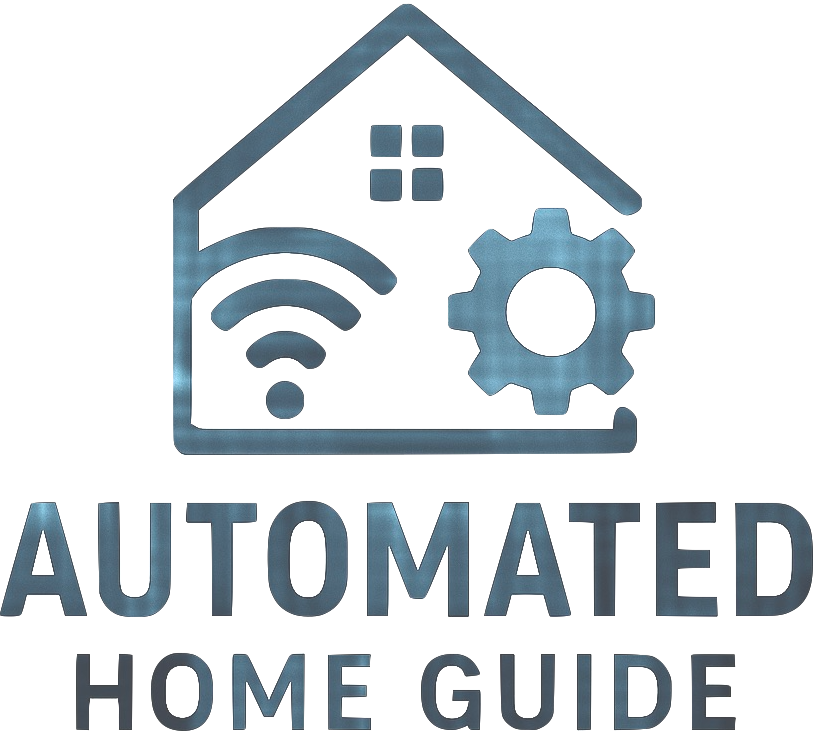
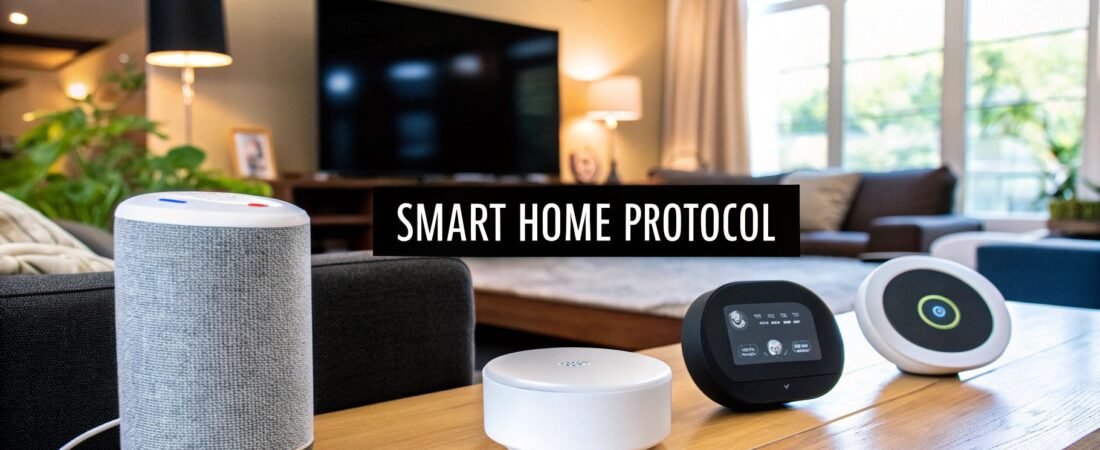
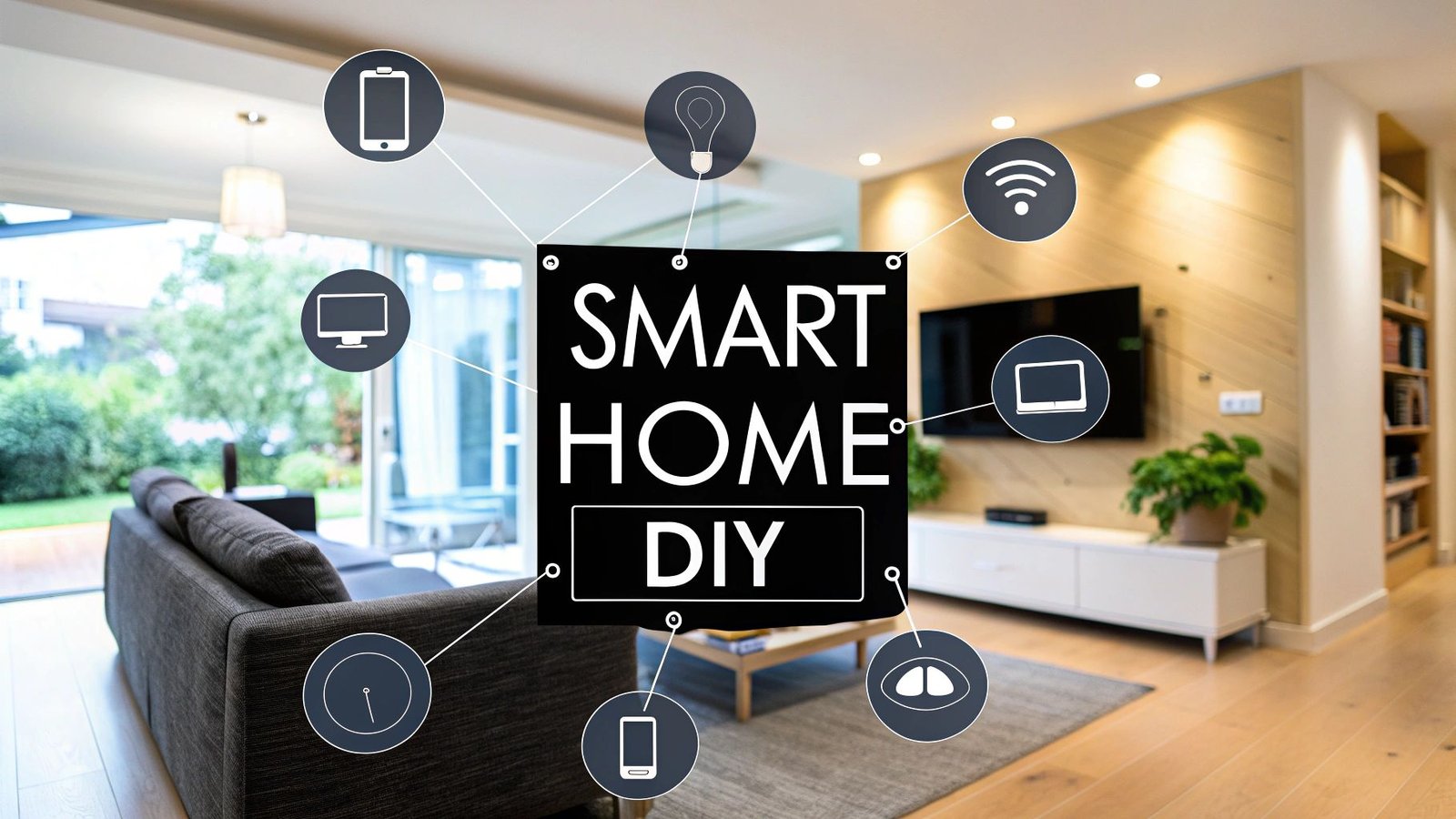
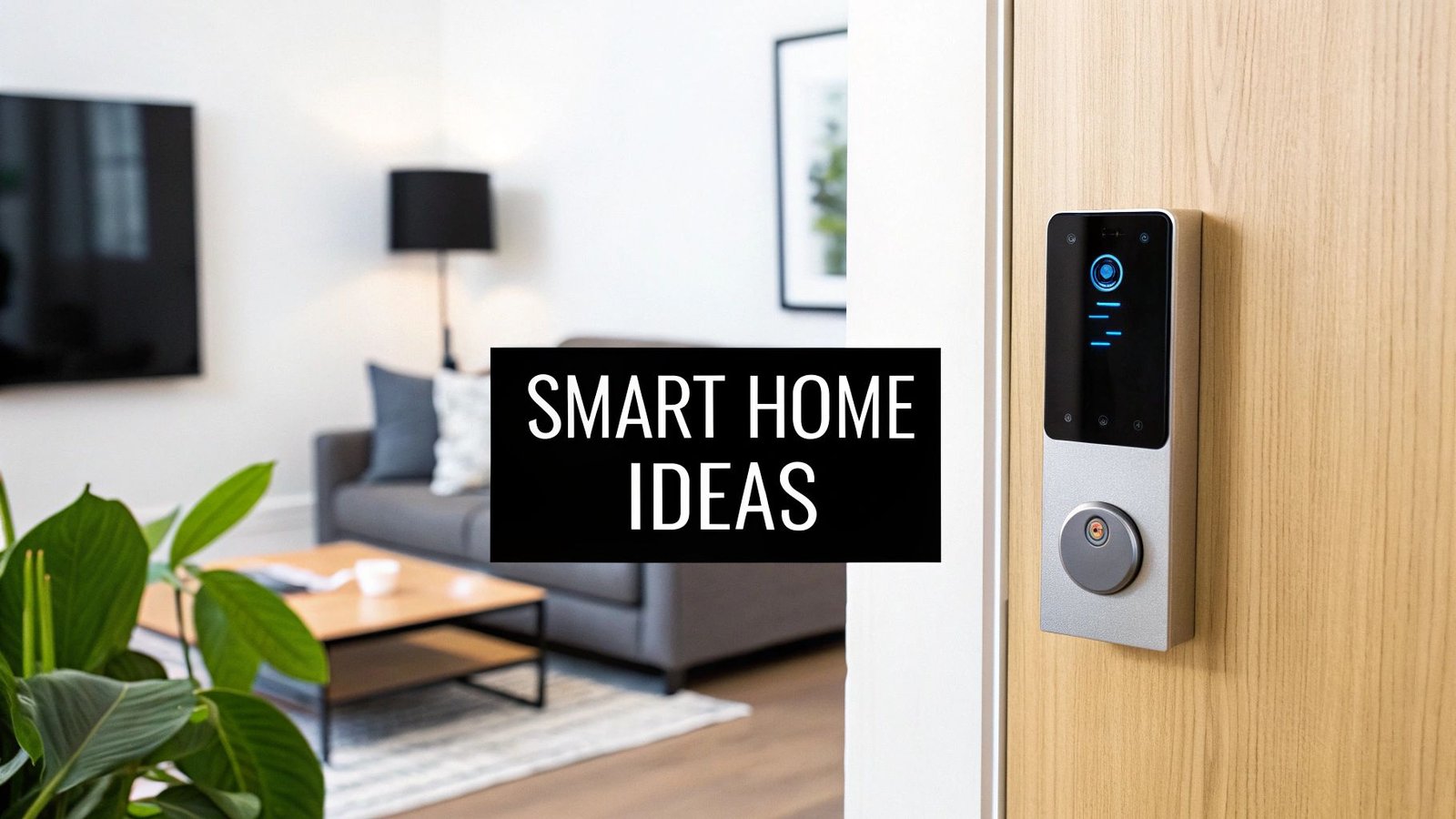

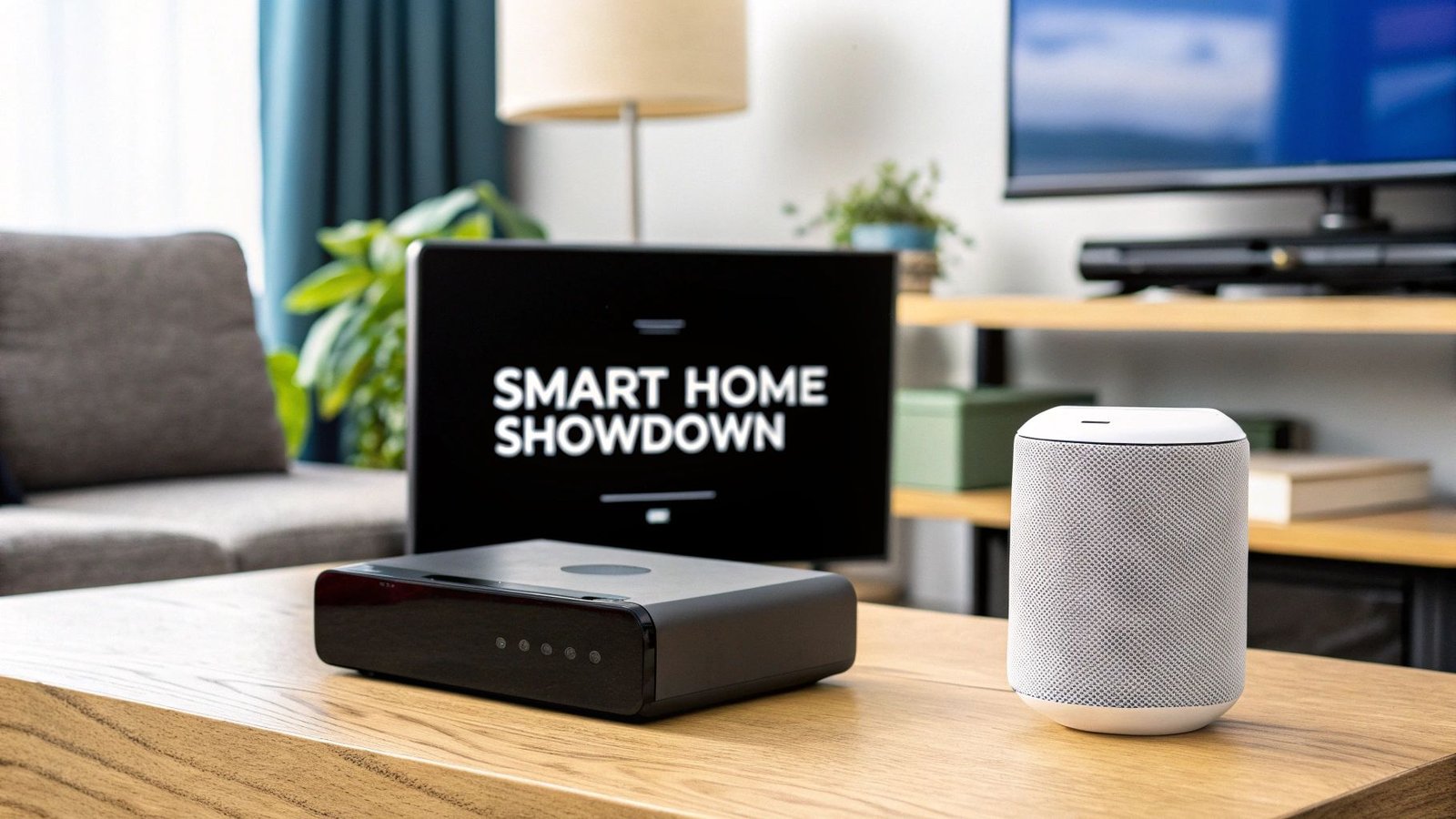


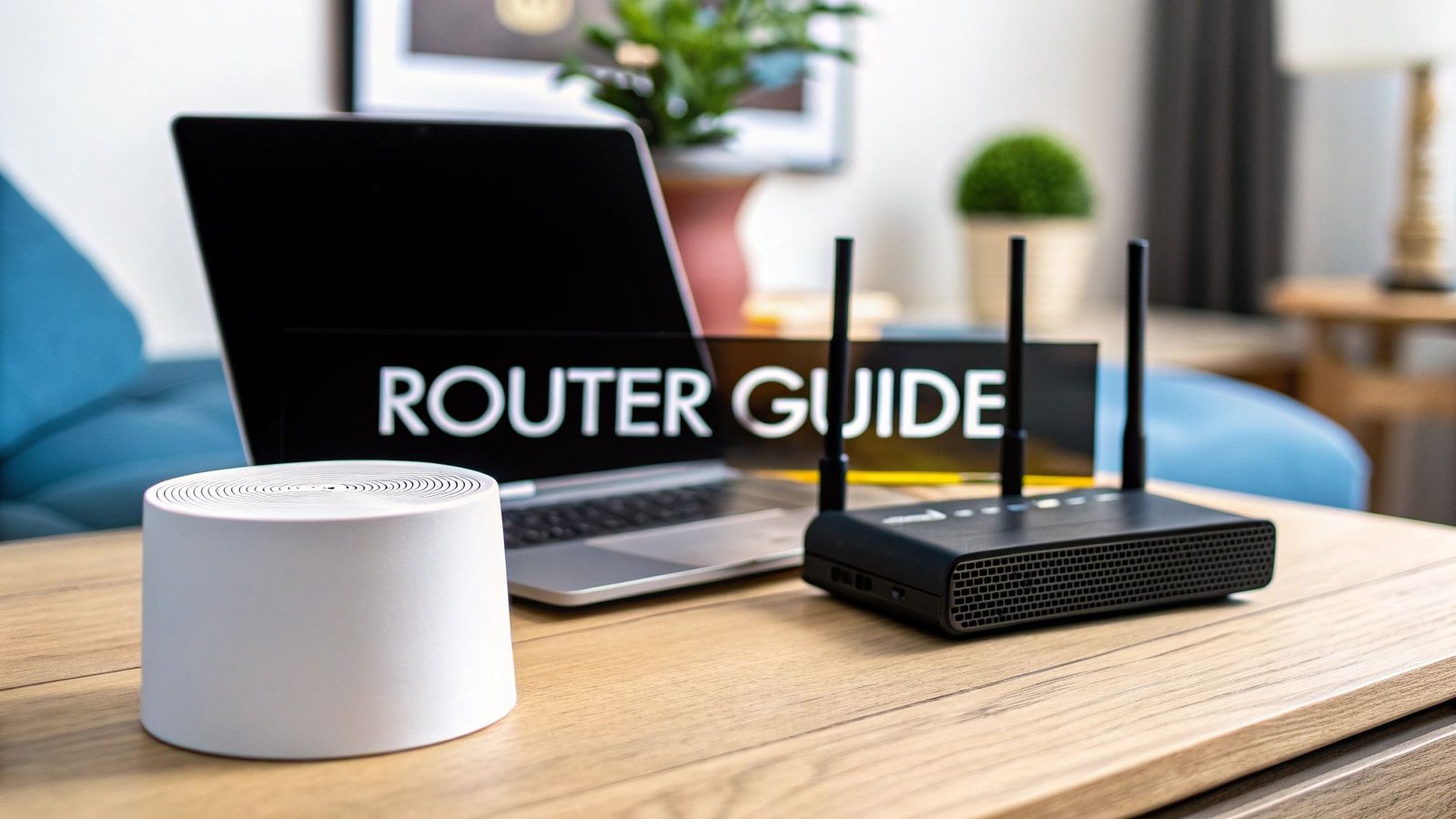
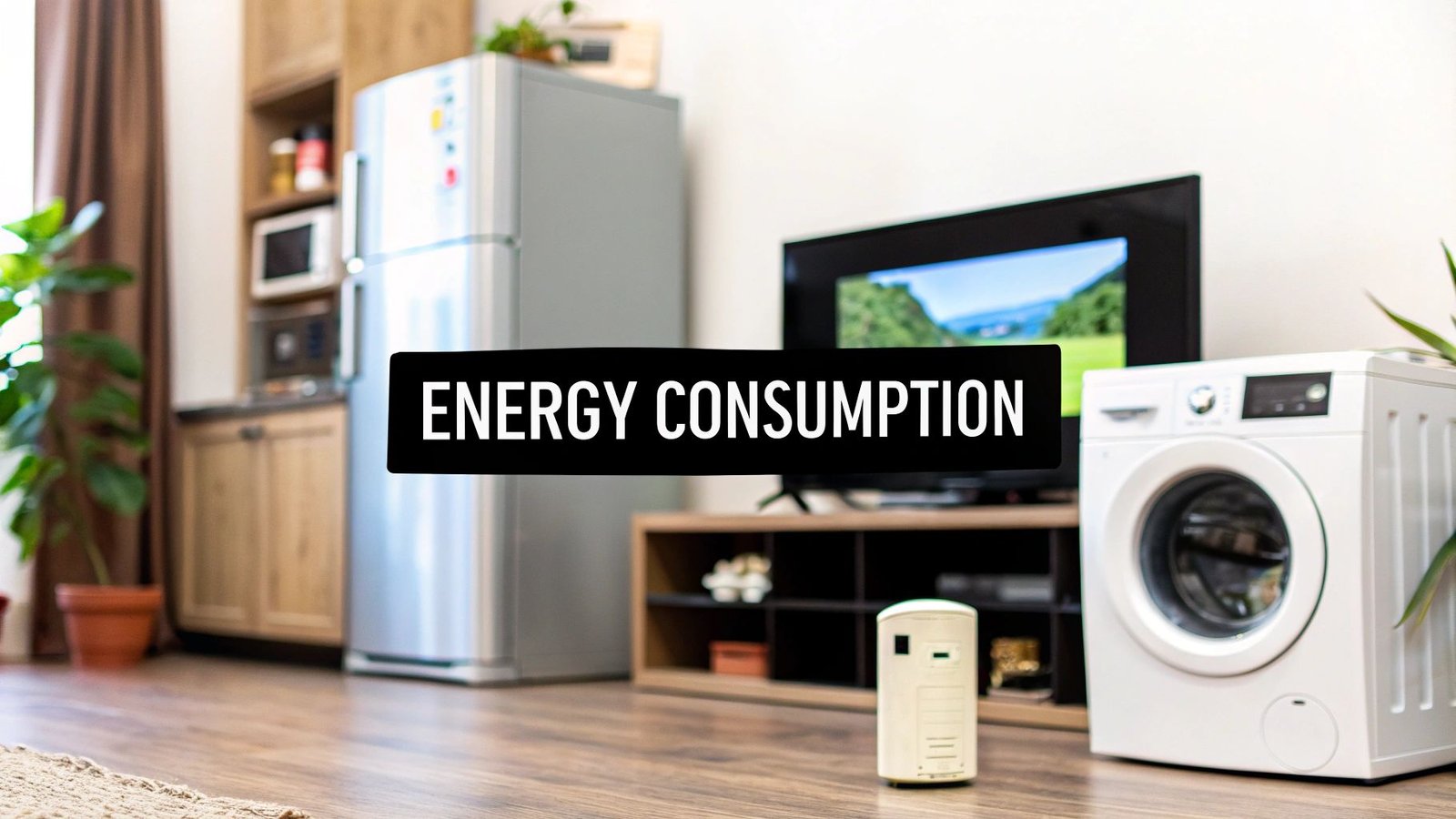
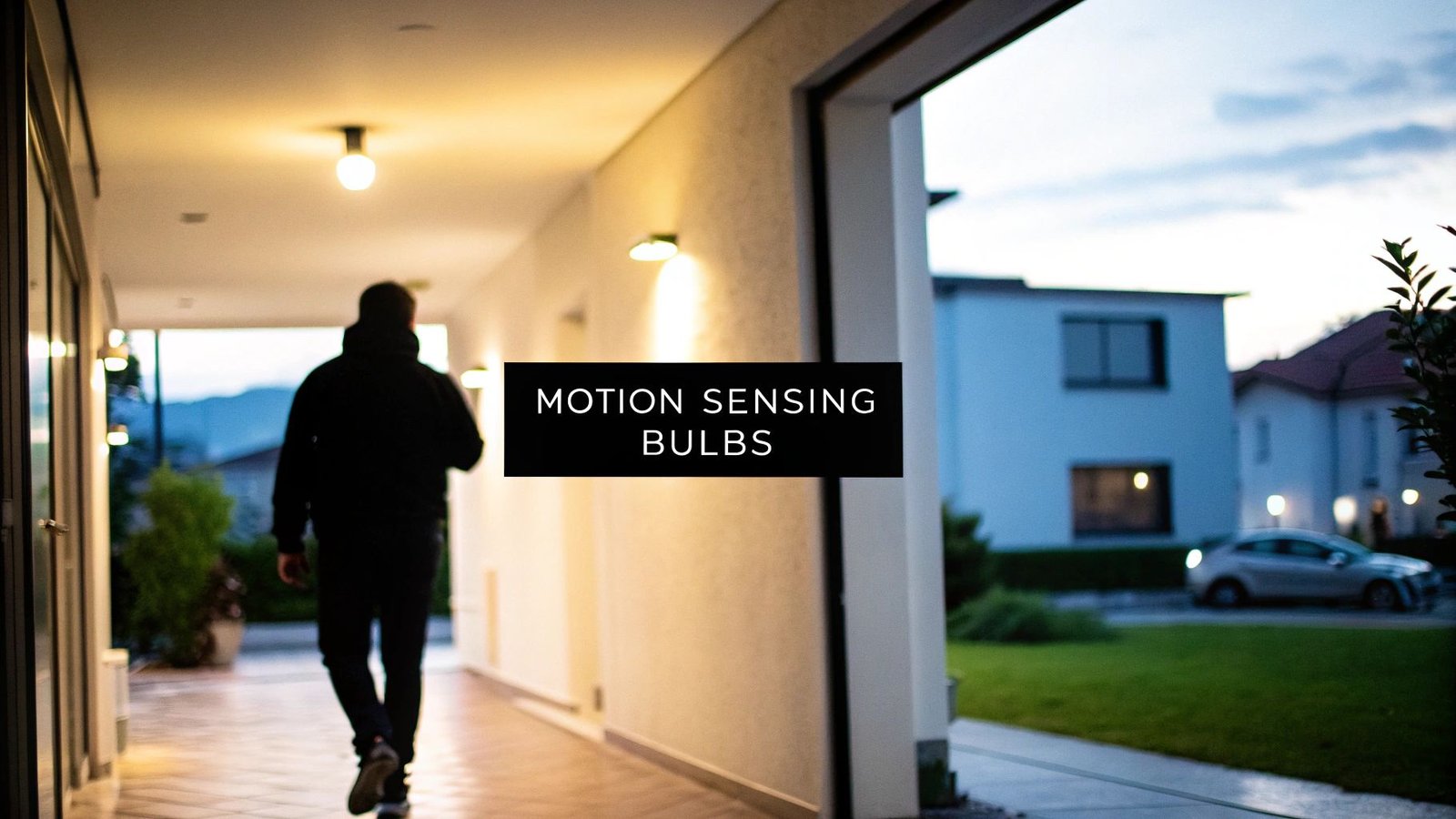
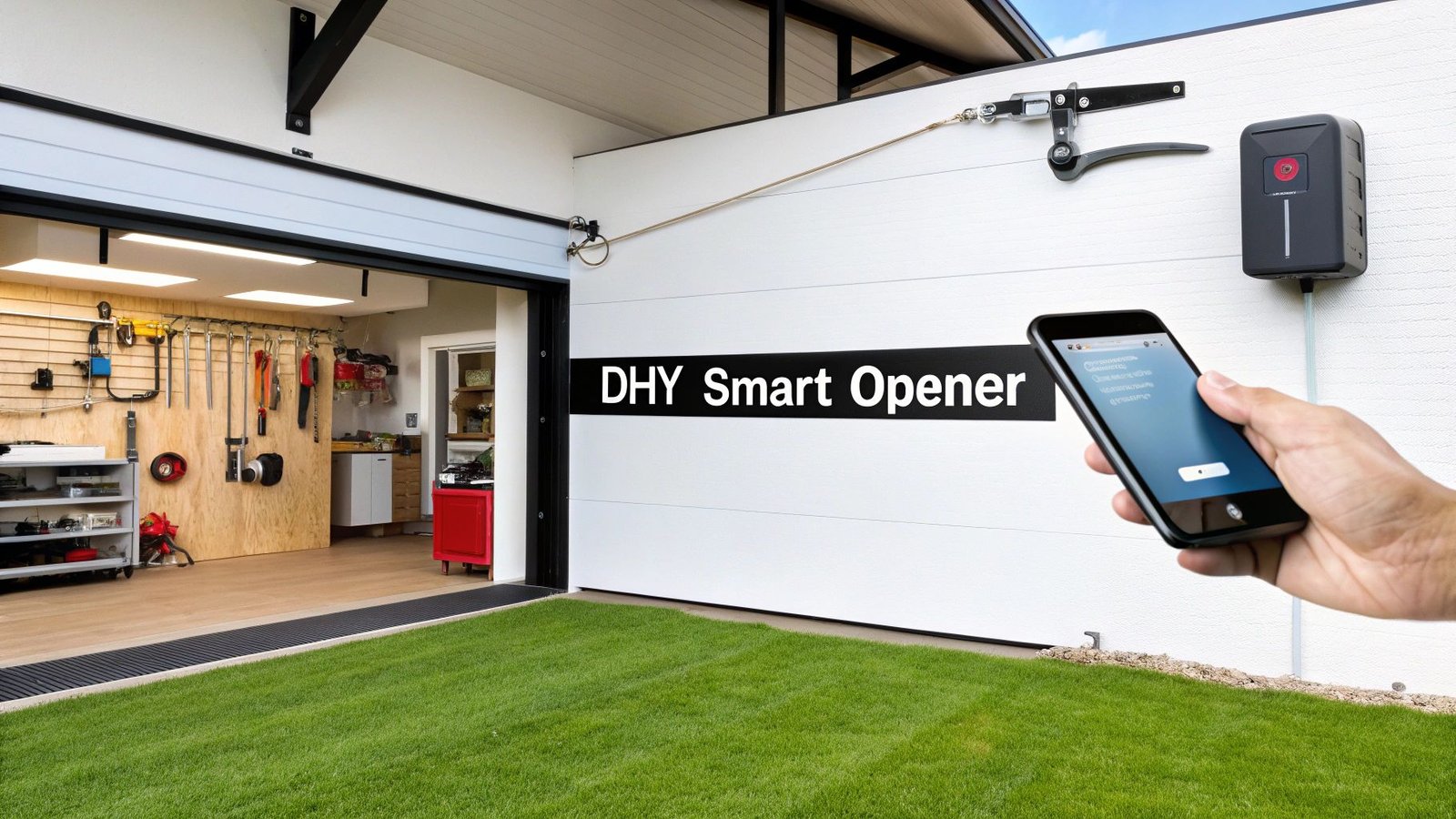
Leave a Reply to How to Make Your Home Energy Efficient: Easy Tips to Save Money – Automated Home Guide Cancel reply